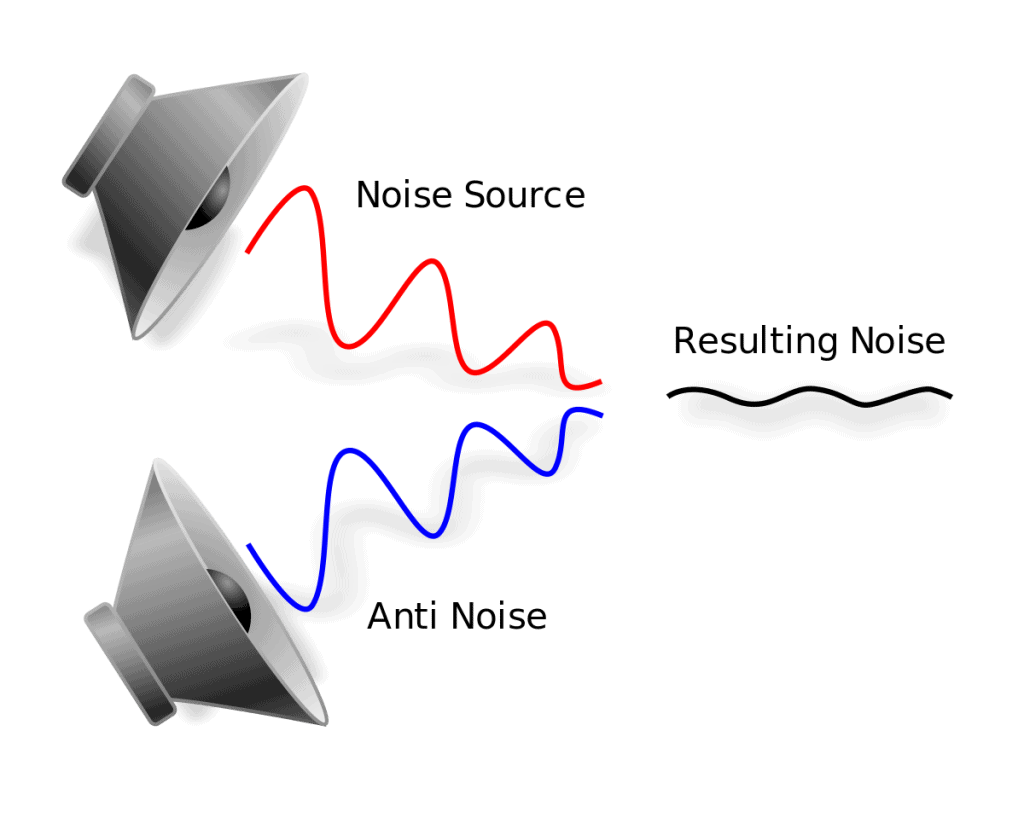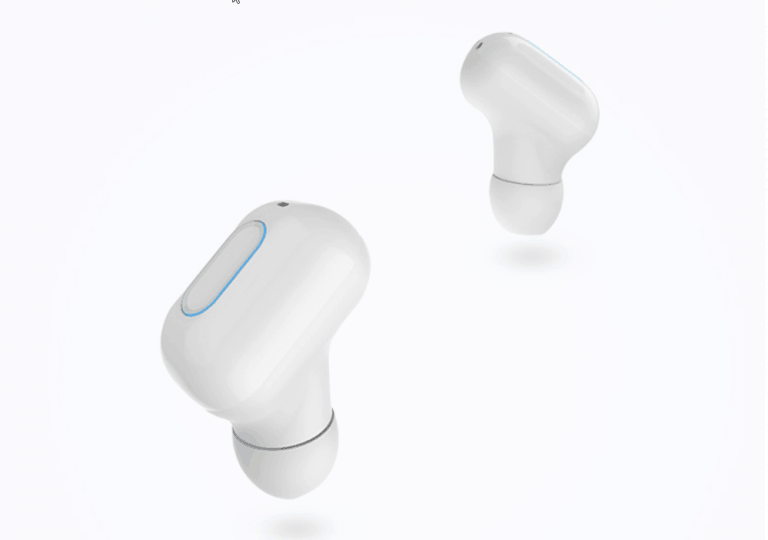Any links to online stores should be assumed to be affiliates. The company or PR agency provides all or most review samples. They have no control over my content, and I provide my honest opinion.
If you frequently find yourself commuting or taking frequent airplane trips, it’s highly likely that someone has emphasized the importance of active noise-cancelling headphones to you.
In case you’re not well-versed in the realm of headphones, you might be curious about what exactly they are, how they function, and whether you should contemplate investing in a pair for yourself.
To provide you with the necessary insights, we’ll delve into a few key aspects. Firstly, we’ll explore how conventional headphones provide noise isolation, and subsequently, we’ll delve into the realm of active noise-cancelling alternatives and all the intricacies associated with them.
Related Reviews
- 1More Evo Review
- Sony LinkBuds S Review
- Edifier WH950NB ANC Headphones Review
- Anker Soundcore Space A40 Review
- Anker Soundcore Space Q45 Review
- Final UX3000 Review
Noise Isolation vs. Noise Cancelling
Do all headphones possess noise-cancelling capabilities?
Well, to a certain degree, yes. However, there exists a significant distinction between active and passive noise-cancelling headphones.
If a pair of headphones is not explicitly marketed as active noise cancelling, it is likely a passive model.
Passive noise cancelling relies solely on the physical attributes of the ear tips nestled within your ear canal or the ear pads pressing against your head.
There isn’t much beyond that, and the level of isolation primarily relies on the fit and chosen materials. While this does provide some degree of noise reduction, it often falls short when it comes to drowning out loud ambient sounds. And this is precisely where active noise cancelling steps in to save the day.
What Is Active Noise Cancelling

Active noise-cancelling headphones are equipped with sophisticated technology that actively combats external noises. As a result, they can effectively reduce outside noise levels by up to 30 decibels in various scenarios, allowing you to immerse yourself in your music without any disruptive distractions. This feature becomes particularly invaluable during air travel, where the constant rumble of airplane engines poses a notorious challenge.
To comprehend the inner workings of active noise cancelling, let’s delve into the nature of sound itself. Sound can be visualized as a wave, characterized by its compressions and decompressions of air particles. These movements generate fluctuations in air pressure, which we refer to as amplitude. Your ears and brain detect these pressure changes and interpret them as sound. If we were to plot the amplitude on a chart, it would resemble the wave we previously mentioned.
Noise-cancelling technology operates by utilizing a concept known as “anti-phase.” Consider the environmental sound as a wave. When you introduce an identical wave, it combines with the original wave, resulting in a larger, amplified sound. However, if you were to introduce a delay of exactly one half wavelength to one of the waves, you would find that the waves become out of phase. They begin to cancel each other out, much like the combination of one and negative one. And what happens when you add both together? That’s right, you get zero. This fundamental principle underlies the functionality of noise-cancelling technology.
When you opt for headphones equipped with active noise cancelling, you’ll notice the presence of numerous miniature microphones strategically placed on the outer surface of the headphones themselves. These microphones serve the purpose of capturing and relaying external sounds to the internal electronic components housed within the headphones.
Once the electronics receive the recorded audio, they generate an exact opposite waveform, known as the anti-phase, which effectively counteracts and cancels out the incoming external noise. As a result, you are left solely with the desired sound you intend to hear through your headphones.
In theory, this process may seem relatively straightforward. However, in practice, achieving effective noise cancellation is a formidable challenge, even for the most advanced options available. It’s important to note that noise-cancelling technology does not perform equally well in all environments. While it can successfully mitigate constant low-frequency sounds like the hum of an airplane’s jet engine, it faces greater difficulty in handling sporadic and unpredictable noises, such as nearby conversations. Nonetheless, as technology continues to advance, we can expect improvements and advancements in the field of noise cancellation.
Should You Get a Pair?

The question that likely brought you here revolves around whether active noise-cancelling headphones are suitable for your needs. The answer, however, depends entirely on your specific circumstances. It relies on factors such as your budget, the intended usage scenarios, and your personal preferences.
Let’s begin with the aspect of pricing. Active noise cancelling technology is challenging to implement effectively, resulting in higher costs associated with these headphones. As you explore models of superior sound quality and enhanced noise cancellation capabilities, the price naturally escalates. It’s undeniable that not everyone can afford a costly pair of headphones.
Next, consider the use case. Even the most exceptional active noise-cancelling headphones may not entirely eliminate all external sounds in many situations. This limitation becomes apparent in environments characterized by unpredictable noises, such as bustling offices with constant chatter. While these headphones undoubtedly provide assistance and significantly reduce ambient noise, complete elimination remains elusive.
Furthermore, people often question the suitability of active noise-cancelling headphones for commuting purposes. In most cases, these headphones excel at blocking out external noises, allowing you to immerse yourself in your music during a commute. However, if you’re navigating traffic as a cyclist, pedestrian, or in any other capacity, it’s crucial to remain aware of your surroundings. Fully blocking out the environment may not be desirable in such instances.
Lastly, if you frequently travel by train, subway, or airplane, investing in a quality pair of active noise-cancelling headphones can be highly beneficial. They enable you to relax and enjoy your music without being subjected to the disruptive noises of railway systems or aircraft engines.
As mentioned before, the suitability of active noise-cancelling headphones ultimately hinges on whether they align with your specific requirements. If they do, acquiring a pair will likely prove to be a pleasant surprise, given their impressive performance and the significant difference they can make in your listening experience.
I am James, a UK-based tech enthusiast and the Editor and Owner of Mighty Gadget, which I’ve proudly run since 2007. Passionate about all things technology, my expertise spans from computers and networking to mobile, wearables, and smart home devices.
As a fitness fanatic who loves running and cycling, I also have a keen interest in fitness-related technology, and I take every opportunity to cover this niche on my blog. My diverse interests allow me to bring a unique perspective to tech blogging, merging lifestyle, fitness, and the latest tech trends.
In my academic pursuits, I earned a BSc in Information Systems Design from UCLAN, before advancing my learning with a Master’s Degree in Computing. This advanced study also included Cisco CCNA accreditation, further demonstrating my commitment to understanding and staying ahead of the technology curve.
I’m proud to share that Vuelio has consistently ranked Mighty Gadget as one of the top technology blogs in the UK. With my dedication to technology and drive to share my insights, I aim to continue providing my readers with engaging and informative content.






